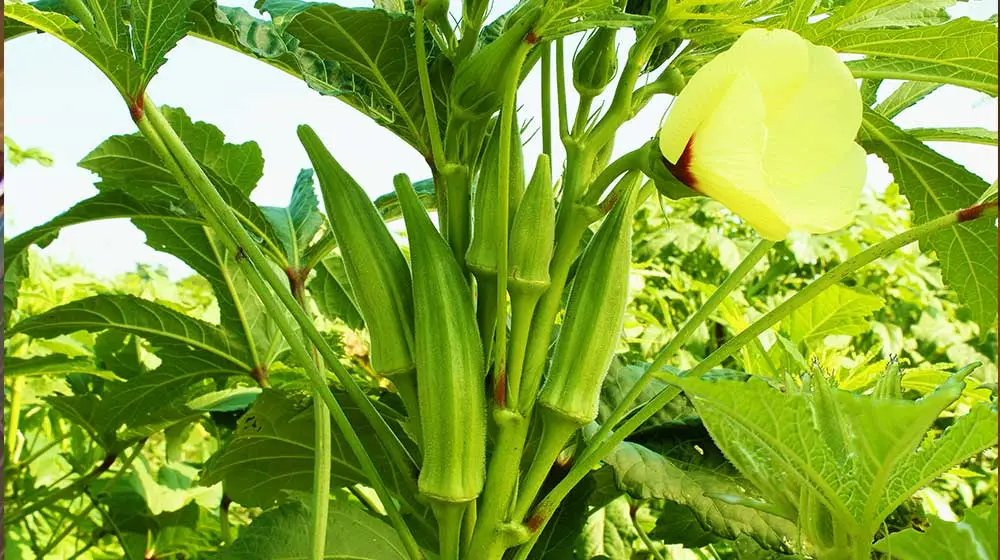Yellow beans are the most consumed beans in Kenya. They cook fast, taste great, and are loved in homes, hotels and schools.
For farmers, yellow bean farming in Kenya is one of the most profitable agribusiness ventures, with high returns and a ready market. Whether you are a beginner or an experienced farmer, you can grow yellow beans with minimal input and earn well if you follow the right steps.
This guide gives you everything you need to know to succeed in yellow beans farming.

Yellow Beans Farming In Kenya Starts with Proper Planning
To get the best results from yellow beans farming in Kenya, you must begin with the right steps. From selecting the right location and variety to proper planting and pest control, every stage plays a key role in determining your final harvest.
Choose the Right Growing Location
Yellow beans do well in the following regions:
- Western Kenya
- Rift Valley
- Eastern Kenya
- Central Kenya
- Nyanza
These regions provide the warm climate and good rainfall patterns that yellow beans need to thrive.
Meet the Right Ecological Requirements
Yellow beans need the right environment to grow healthy and produce a good yield.
- Soil should be well-drained sandy-loam and rich in organic matter.
- Rainfall should be well distributed throughout the growing season.
- Yellow beans thrive in warm climates.
- The soil pH should be between 6.5 and 7.5.
Avoid areas with waterlogging, poor drainage or heavy clay soils, as these reduce bean quality and yield.
Select the Best Yellow Bean Variety
There are two main types of yellow beans:
Pole Yellow Beans
- Yellow Roman
- Marvel of Venice
- Gold Nectar
- Kentucky Wonder
- Monte Gusto
These need support to climb and produce beans for a longer period.
Bush Yellow Beans
- Brittle Wax Bush Snap Bean
- Pencil Pod Black Wax Bean
- Golden Butter Wax Bush Snap Bean
- Goldrush Bush Snap Bean
These grow low and mature faster, making them ideal for areas with shorter rainfall seasons.
Prepare Your Land Well
Proper land preparation ensures good root development and plant growth.
- Plough your land early to allow enough time for soil to settle.
- Break up soil clumps and till to a fine tilth.
- Remove all weeds to prevent competition for water and nutrients.
- Apply well-decomposed farmyard manure to improve soil structure and fertility.
Planting the Yellow Beans
Yellow beans are grown from seeds. Use certified, disease-free seeds from trusted seed companies in Kenya.
- Plant at a spacing of 30 cm by 30 cm and a depth of 1 to 2 inches.
- An acre of land requires about 20 to 30 kg of seed.
- After 2–3 weeks, top dress your crops using DAP or NPK fertilisers to boost growth.
Avoid overcrowding the plants to reduce disease spread and ensure good airflow.
Control Pests and Diseases
Yellow beans face several threats that can reduce yields if not controlled early.
Common diseases include:
- Downy mildew
- Bean rust
- Anthracnose
- Fusarium wilt
- Bacterial blight
Common pests are:
- Aphids
- Thrips
- Cutworms
- Bean fly
- Pod borers
Control measures include:
- Regular crop rotation
- Proper field hygiene
- Use of pesticides and insecticides like Lexus, Ransom and Absolute
Monitor the farm weekly to detect and manage any signs of disease or pest attack.
Harvest at the Right Time
Yellow beans mature within 60 to 70 days, depending on the variety.
- Harvest is done manually when the pods are fully dry.
- Avoid harvesting too early, as immature pods lower quality.
- Dry the harvested beans well before storage to prevent spoilage or mould.
Proper drying and storage ensure that the beans remain in good condition for market.
Market Your Yellow Beans for Profit
There is a ready market for yellow beans in Kenya throughout the year.
- Sell in open-air markets, supermarkets, cereal stores and groceries.
- Yellow beans fetch good prices and are always in demand.
- You can also package and sell directly to institutions like schools and hotels.
Prices depend on supply, quality and season, but yellow beans are generally more profitable than other varieties.






































